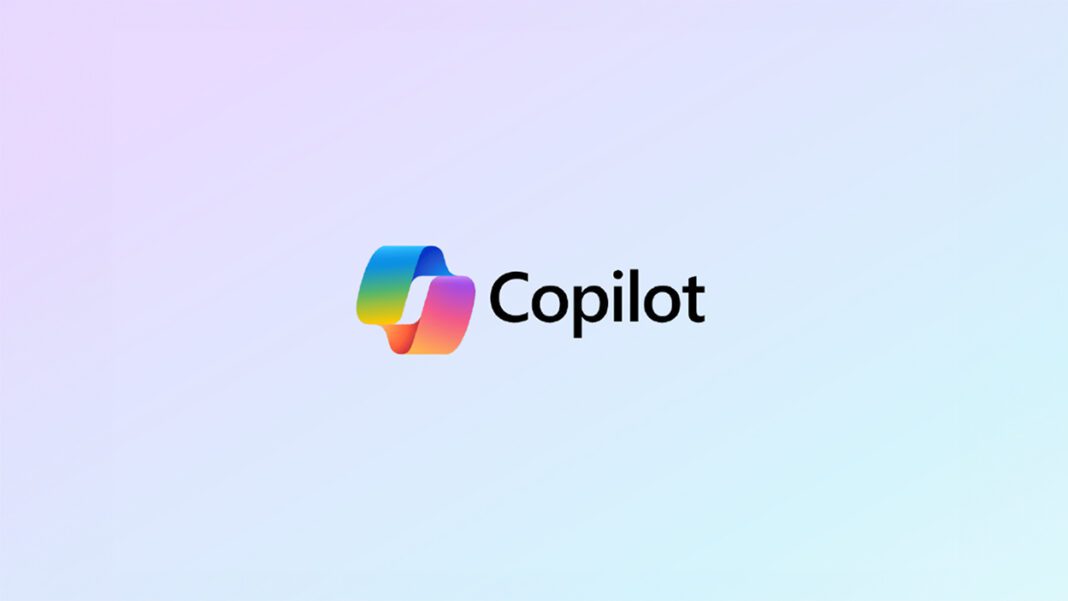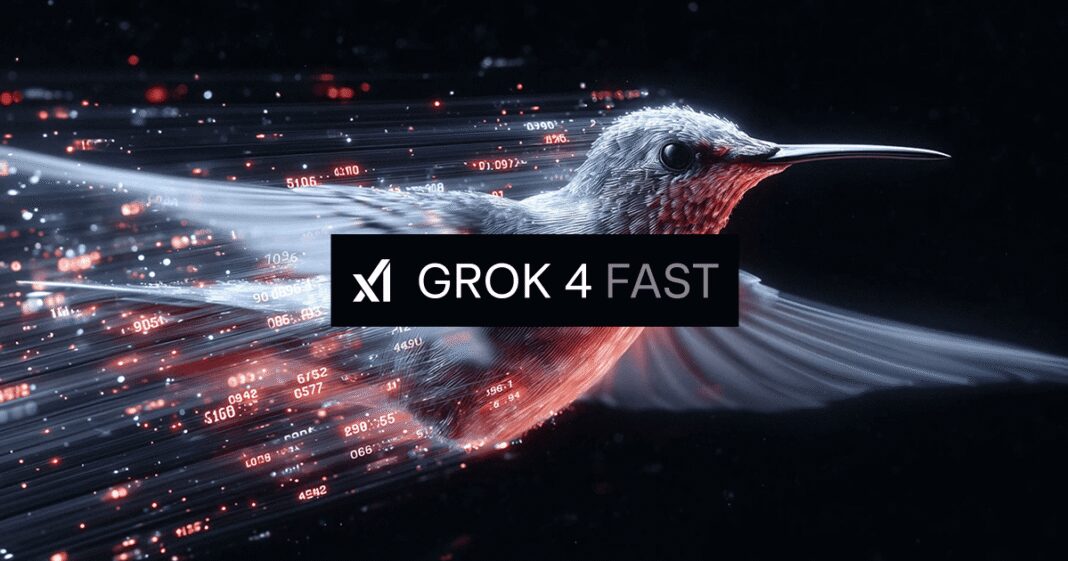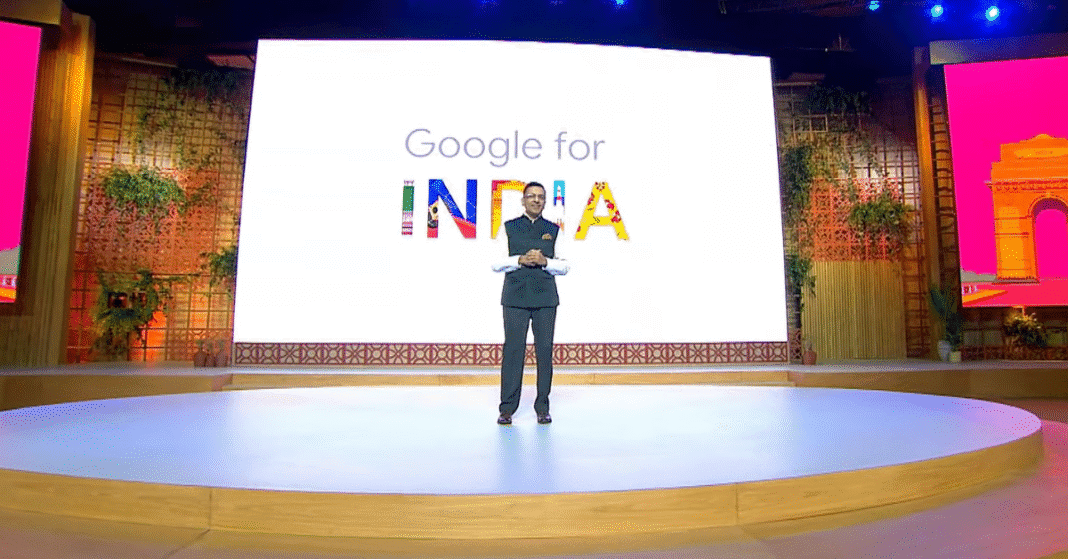Microsoft is rolling out a new feature for Windows 11 called Copilot Vision Desktop Share, which allows users to share their desktop, browser windows, or individual apps with Copilot in real time.
This move expands the capabilities of Copilot Vision, which previously let you share single app windows. Now Copilot can more fully see what you are doing across your entire workspace (if you want to) and provide guidance, feedback, or help based on what’s on screen.
Key Features of the New Screen Sharing
- Desktop or Application Sharing: You can share your whole desktop or pick specific browser/app windows. Copilot will then observe and talk about what it sees.
- Real-Time Interactions: Copilot can point things out, highlight elements on the screen, guide you step by step through tasks, suggest improvements (for example in creative work or resume editing) or help with navigating software.
- Opt-in & Privacy Controls: The feature isn’t always on—it requires you to explicitly share your screen with Copilot. You also control when to stop sharing. Microsoft has emphasised privacy: Copilot only sees what you choose and doesn’t automatically capture or monitor content.
- Availability via Windows Insider Channel: Currently this feature is being rolled out to Windows Insiders (various channels) in markets where Copilot Vision is enabled. It’s not yet universally available.
Why This Matters
- It makes Copilot far more useful: No longer limited to static screenshots or single windows; you can work across apps and let the AI see context. This helps especially in tasks where you switch between tools or windows (e.g. design, document editing, data-analysis).
- Helps in learning and guidance: If you’re unsure how to use software, fix an error, format something, the screen-sharing lets Copilot guide more precisely.
- Boosts productivity: Instead of manually describing your screen or app, you can just share and ask direct questions.
Potential Concerns & Limitations
- Privacy: Because Copilot can see what’s on your screen, users may worry about sensitive data. Microsoft says the feature respects privacy and requires explicit opt-in.
- Region & Rollout: At present, this is in testing, mostly for Windows Insider users in certain markets. It may take time before it’s broadly available.
- No Direct Control Over UI: Copilot can’t click or interact directly with your apps (for example move windows, type). It can highlight or suggest. Real automation is still limited.
- Performance & Resource Use: Depending on system specs, sharing high-resolution content or many app windows might strain resources. Microsoft hasn’t yet detailed all performance implications.
What This Means for Users & Microsoft
For users, the ability to share their screen with Copilot transforms the assistant from being reactive (answering from screenshots or descriptions) to being more context-aware. For Microsoft, this move strengthens the Windows AI ecosystem and helps Copilot move closer to being a co-pilot in everyday computing.
SEO Implications
With screen-sharing built into Copilot, people will be searching for terms like “how to share screen with Copilot in Windows 11”, “Copilot Vision desktop share Windows 11”, “privacy of screen share Copilot”, etc. Content creators should produce guides, how-tos, privacy FAQs, and comparisons to similar features (e.g. Google’s tools).
Conclusion
Windows 11’s new feature to share your screen with Copilot enhances what Microsoft’s AI assistant can do, bringing greater context, help, and interactivity. While still in preview and limited to certain users, its potential for improving productivity and easing learning curves is significant. As always, users will need to weigh usefulness against privacy and choose when and what to share.



